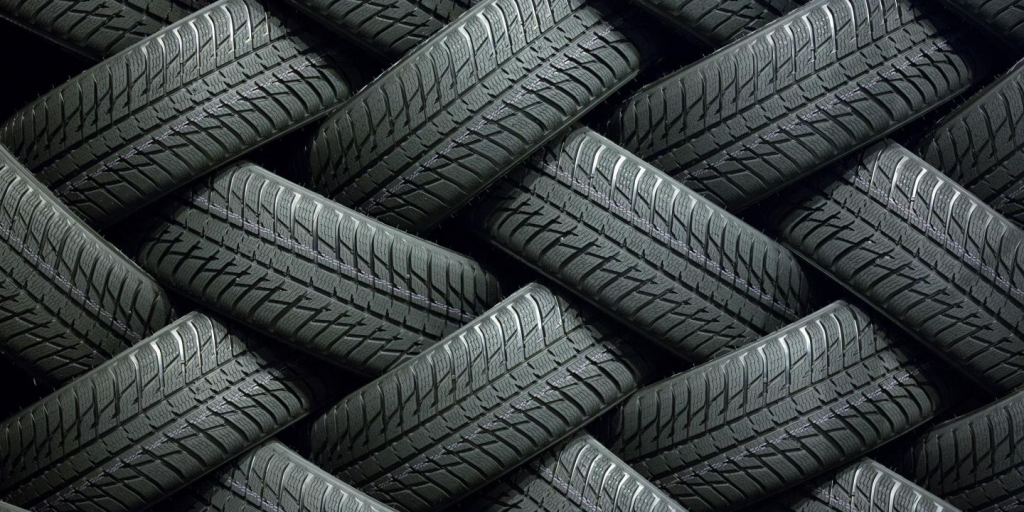
Rubber futures at Multi Commodities Exchange (MCX) have been trading lower ever since its launch i.e. December 29, 2020. Rubber futures traded with a bearish tone yesterday and lost nearly 9 percent from the first closing of its launch in the MCX. January Rubber at MCX closed at Rs.15264/QTL versus Dec 29 closing of Rs.16069/QTL. Global cues were negative throughout the week. Rubber is a deficit commodity for India due to insufficient production hence depends on imports. It is imported mainly from the South East Nations and is mostly influenced by the markets of Singapore.
Markets were down mainly due to weakening sentiments across South Eastern markets who had anticipated a fall in import demand from European markets following reports of a new virus strain of Corona in the UK. As the fear and threat of this new strain are reducing, exporters from South East nations now expect demand to improve from the European nations. As unlocking of the economy continues global exporters seem optimistic regarding fresh border trades to resume soon. Current prices are quite attractive for stimulating overseas buyers to negotiate for new deals. All in all a reversal from the downward trend is most likely in next few weeks.
At present, four contracts of MCX rubber futures - January 2021, February 2021, March 2021, and April 2021 contracts are made available for trading. The futures contract offers market participants to trade in the ‘Ribbed Smoked Sheets4 (RSS4)’ quality for a minimum lot size of 1 MT. These contracts would finally be settled at expiry on the last business day of the respective contract month. The derivative is expected to provide a fair and transparent price discovery mechanism in the longer run, in line with the underlying domestic as well as global fundamentals to the rubber value chain participants. The value chain participants such as growers, traders, exporters, importers, and end-users such as the Tyre Industry, shall be the future beneficiaries through participation in the futures trading of rubber.
Natural Rubber is an elastic polymeric substance made from the latex of Hevea Brasiliensis trees. The latex is collected by the process of tapping the plant and is refined and converted into a storable and commercial form. The plantation would start yielding from the 6th year onwards, with an economic life of 32 years. Thailand, Indonesia, India, China, Malaysia, Vietnam are the largest producers of Rubber. The global production was projected to be close to 13.7 million tons in 2019. Global natural Rubber consumption was projected closer to 13.6 million tons in 2019, of which approx. 6.5 million tons were consumed in India and China alone. India stands at sixth place in the production of natural rubber and second place in world consumption. The market size for natural rubber in India in terms of production and imports is huge. India’s global price linkages and volatility for India’s Natural Rubber are also significant. Therefore the launch of rubber futures by MCX has the potential for the industry stakeholders as an efficient hedging tool for price risk management.
















